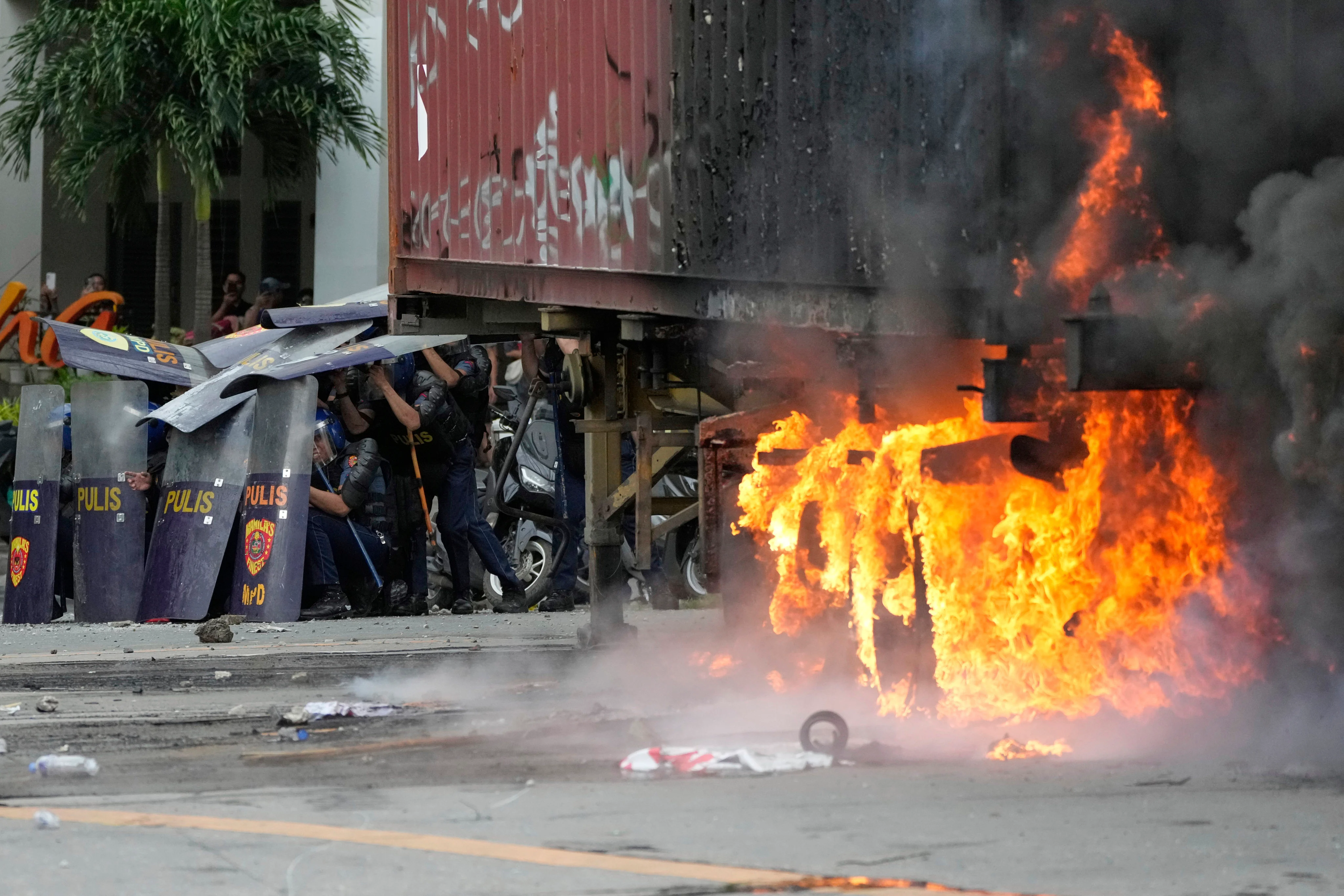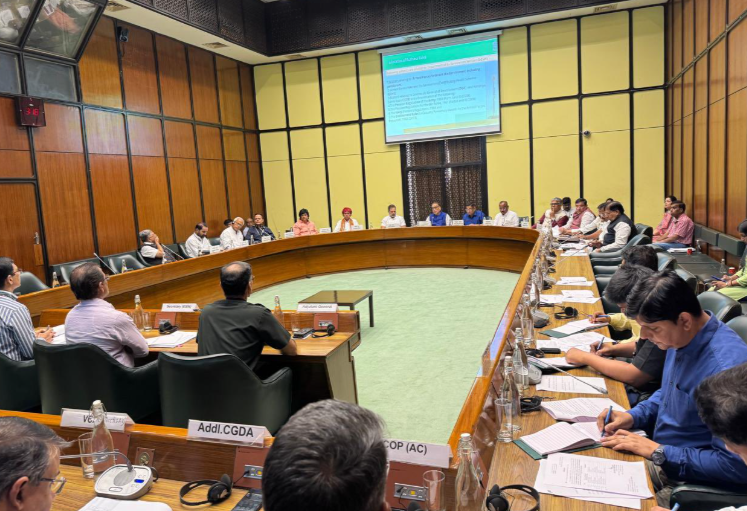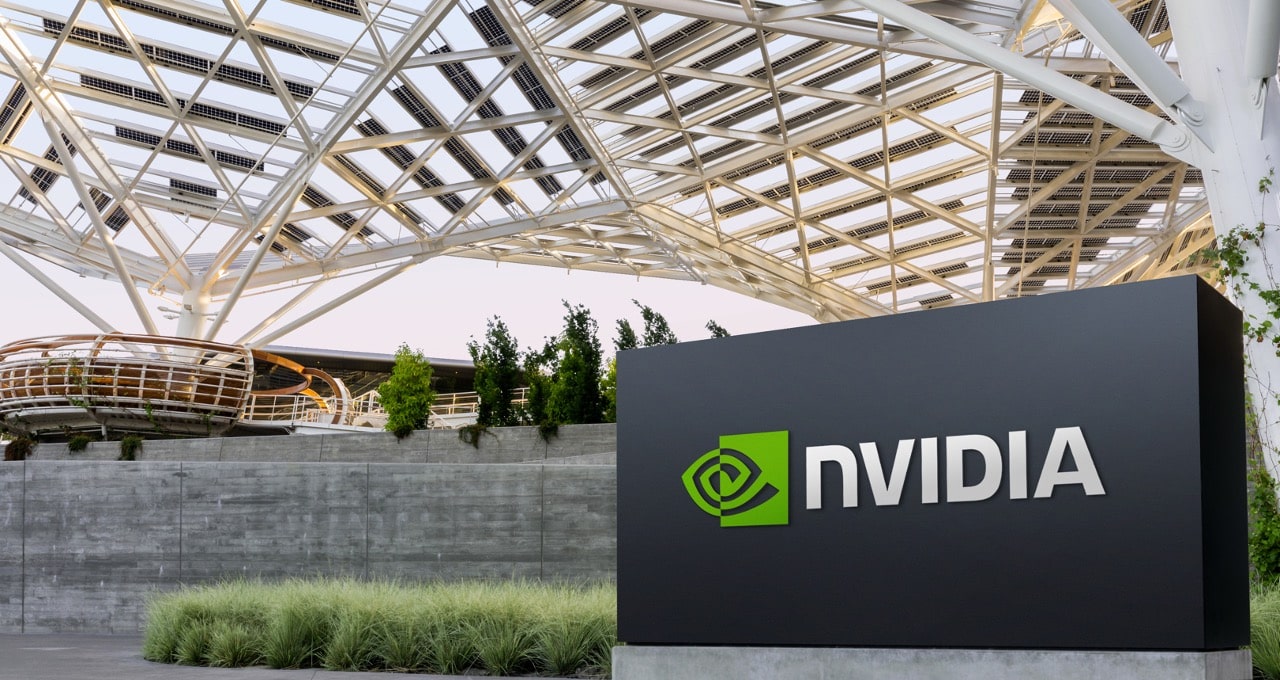By Sam Beltran
Copyright scmp

The finger-pointing over violence purportedly initiated by a black-clad group during Sunday’s protests in the Philippines has led to critics accusing officials of trying to divert attention from mounting outrage at corruption-ridden flood control projects.
During demonstrations that stretched from Luneta Park in Manila to the EDSA People Power Monument in Quezon City, violent outbursts emerged in pockets of the capital, such as on the Ayala Bridge and Mendiola, where masked individuals torched a truck, set motorcycles on fire and pelted rocks and other improvised weapons in clashes with law enforcement officers.
Nearly 90,000 were estimated to have marched in nationwide protests on Sunday, as Filipinos expressed outrage at the trillions of pesos spent on “ghost” flood control projects and widespread corruption among contractors and public officials.
Along Recto Avenue in Manila, a motel lobby was ransacked after gunshots were heard, with protesters chasing after an allegedly armed man who had gone inside.
At the nearby Malacanang Palace, security tightened following reports of alleged plans to set fire to the compound that hosts the seat of government.
Over 200 people were arrested in the riots, with many of them minors.
A day after the protests, the regional police district issued a statement that acknowledged most protests on Sunday “were peaceful and orderly”, but “unfortunately, the gathering in Ayala Bridge and Mendiola, even though unprovoked, turned very violent”.
On the same day, Interior Secretary Jonvic Remulla spoke to local media to refute rumours of a death from the skirmishes that had spread online. “There were zero casualties. I repeat, there were zero casualties. What is spreading around on social media is fake news,” he added.
His comments, however, contradicted an earlier statement by the health department, which confirmed the death of an unidentified man who was stabbed and later declared dead upon arrival at a government hospital.
Remulla claimed that minors were paid 3,000 Philippine pesos (US$52) each to wreak havoc at the protest, and denied that police used tear gas to disperse the crowds, which contradicted claims by eyewitness accounts and in online videos.
On Monday, public officials also gave multiple conflicting accounts of who was responsible for the violence, accusing protesters of being saboteurs.
Manila mayor Isko Moreno revealed he received initial reports that a former politician and a lawyer had backed the violent protesters on Sunday. “There are initial reports – they’re still sketchy – that there’s an ex-politician, Filipino-Chinese, and a lawyer who had funded the youths from last night.”
Meanwhile, Palace press officer and Undersecretary Claire Castro called Sunday’s protests “a peaceful rally marred by a few who wanted to sow chaos” and implied that the administration’s political foes had orchestrated the unrest.
“This ‘Black Team’, if they can be called that, are not rallyists with a legitimate agenda against corruption, but are only there to create violence, steal, burn and destroy. You will not escape the hands of the law,” Castro said.
The Department of Information and Communications Technology (DICT) linked the hacktivist group Anonymous Philippines to an online campaign called the “Black Mask March”, which the department said had led to violent street demonstrations.
“[The calls of action] had spread from the group Anonymous Philippines, an active hacktivist group. This is the first incident that we’ve seen organised on the web that translated into [offline] violence,” Secretary Henry Aguda said, adding that the department had been tracking the movement a week before the protests.
The group swiftly denied Aguda’s claims in an online statement, adding that it only joined the peaceful protest at Luneta Park after carrying out its homeless feeding programme, and had marched thereafter towards the Mendiola Peace Arch.
During an interview with national broadcaster GMA News, the group said: “[We] peacefully left the place and did our part in the protest in some other ways. We [condemn] violence”.
Sidelining the issue?
The differing accounts from various government officials and the labelling of the protesters as paid operatives were slammed by observers, who defended the protesters as members of the urban poor sector whose rage over their poor living conditions had reached a tipping point.
“[While] I do not condone violence, those involved are our fellow Filipinos who deserve our empathy more,” said Kiko Aquino Dee, a co-convenor of Tindig Pilipinas, who joined the Trillion Peso March at the EDSA People Power Monument.
Peter Murphy, chairman for the International Coalition for Human Rights in the Philippines (ICHRP), told This Week in Asia it was “most obvious that these [protesters] were urban poor youth who are very angry about the flooding and the theft of the billions that should have been spent on flood control”.
Murphy said his group, an international network of human rights organisations, “rejects these distractions put out by the mayor, the Palace and DICT, which are all calculated to shift the story from the giant scandal that millions of Filipino people want fixed”.
Jan Robert Go, an associate professor of political science at the University of the Philippines Diliman, said the finger-pointing among officials and conflicting explanations revealed a bid “to sideline the real issue” of widespread corruption.
“These varying explanations are indicative of only one thing: that different parties are using the event to further their vindictive interests and capitalise on the media attention to promote their political ambitions. It is also quick for them to finger-point without thorough investigation,” Go told This Week in Asia.
Observers also criticised Remulla’s comment that apprehended protesters might face sedition charges, calling it an “overreaction” that would create a chilling effect among Filipinos.
“Impunity is the rule in the Philippines, as ICHRP has consistently found in its investigations over the last 12 years… ICHRP always calls for a genuine independent investigation of violations of human rights, and we do so again in this case,” Murphy said.
Go defended the protesters, saying demonstrations “are meant to disturb” and accused Remulla of “creating a crime out of people’s disdain”.



